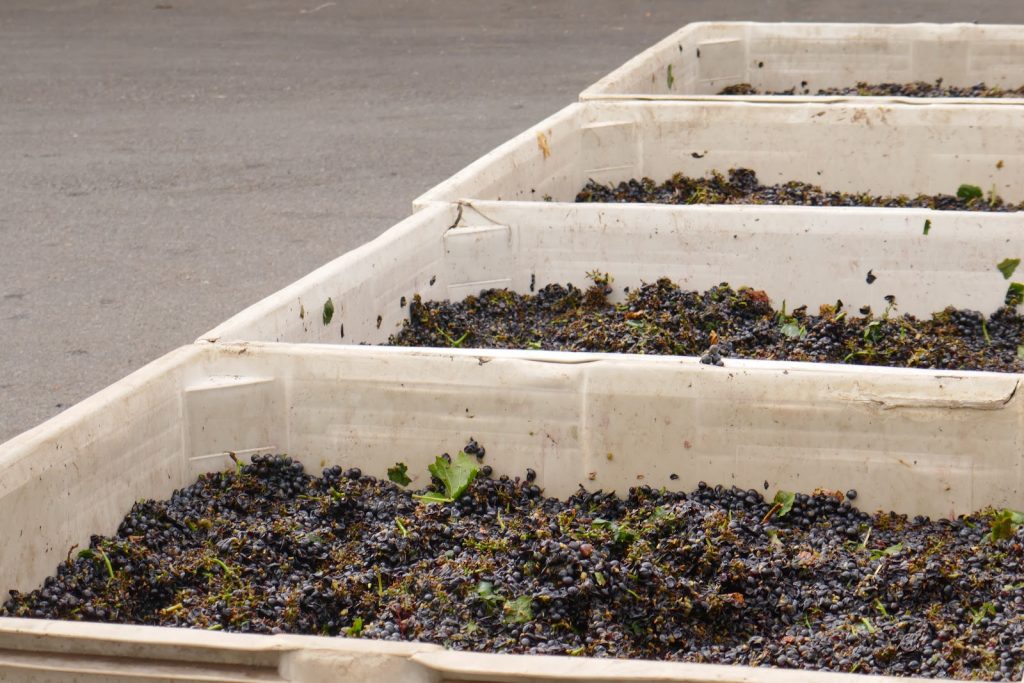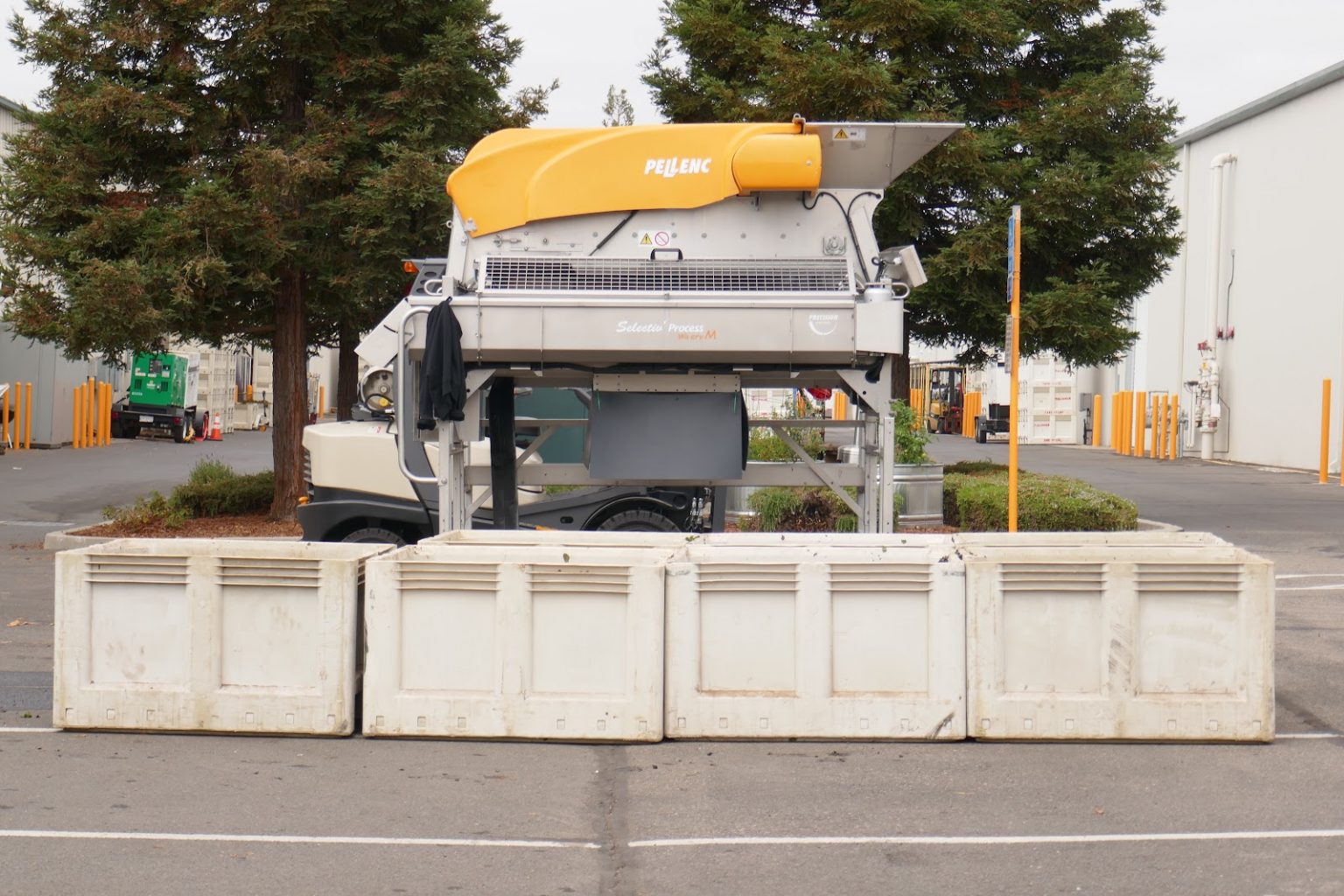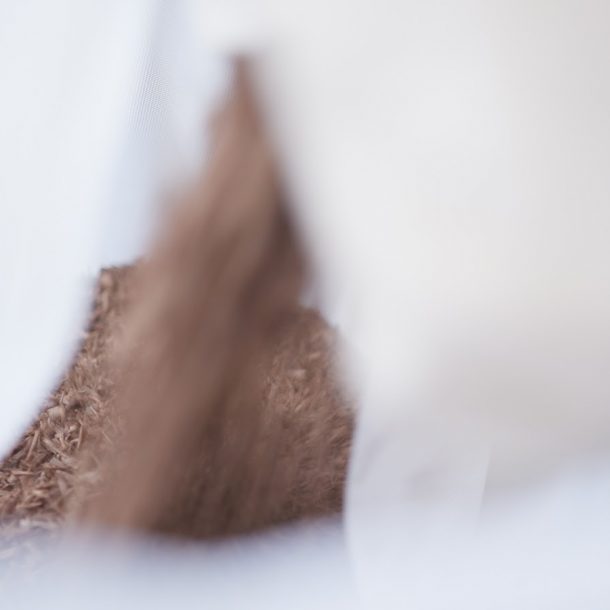planning for harvest season
Here we go again…Winemakers everywhere are now just waking up from their harvest-induced fog only to find out that winter is over, spring has sprung and it’s time once again to start putting together their harvest oak ingredient orders and oak plans. It’s a lot to think about and depending on one’s winery and various wine programs, harvest planning can be quite simple of extremely complex. In my experience, the latter is often the case.
how much oak is needed?
There are a few things a winemaker should consider when planning their harvest oak needs. The obvious one is how much do I need? That may seem obvious, but it really takes some forethought as to what your wine plan is. Is there any need for some untoasted or lightly toasted oak in your white wine programs to build mouthfeel and structure? Is there any need for oak fines or dust in your red wines to promote color stability, enhance fruit expression and mouthfeel or mask any green characters? I have never met a red wine that didn’t benefit from a little help in all of those areas via fermenter oak. Them the question would be about whether to use French or American oak, toasted or untoasted and then how much do I use?
Ordering Oak Alternatives for Winemaking
When it comes to how much to use, the winemakers that recieve grapes by the truckload can take a practical approach and add by the even bag. As part of a general protocol one can call for any number of bags per truck. Typically, you will see winemakers calling for two bags per truck. Some winemakers even split those bags with one bag of toasted oak and one bag of untested, French or American. For the smaller winemakers, the same benefits can be seen by adding oak fines or dust to the fermenter. Winemakers unsure of how much to use could always reach out to fellow winemakers to see what they are using and why. A better solution may be calling your trusted oak supplier. The more reputable oak suppliers will have knowledgeable oak consultants on staff to provide all sorts of recommendations regarding the use of their products based on real-world application and experience. This type of customer service can save you years of trial and error and will provide immediate benefits to a winery of any size.
aging decisions
Now that you’ve figured that out, you’re done with harvest oak planning right? Nope, a winemaker should now consider what happens after primary. For whites, am I racking off of primary lees or aging on primary lees? Am I sending my chardonnay through ML? If so, am I conducting ML on oak or not? For non-ML lots do I want to rack onto some untoasted or lightly toasted oak to preserve aromatics and build body? There are also many benefits of racking or centrifuging reds off primarily lees onto oak and dosing with Micro-Ox pre-ML. Once ML is complete the wine would then be racked onto aging oak. Whew…this is complicated! Winemaking can be complicated but if you develop protocols to cover 80% of what you plan to do, a winemaker can make the other 20% of those inevitable in the moment calls without becoming too overwhelmed.
Winemaker’s Oak Planning Checklist for Harvest
| FERMENTATION | ML / MOX | AGING | FINISHING |
RED | CHIPS, FINES, DUST, LIQUID | ALL FORMATS | ALL FORMATS | SMALL FORMATS, LIQUID |
| Color Stability, Pyrazine Reduction, Structure | Aromatics, structure, stability | Aromatics, structure, stability, complexity, winestyle | Final “polish”, pull blend together, winestyle, top notes |
WHITE | ALL FORMATS | ALL FORMATS | ALL FORMATS | SMALL FORMATS, LIQUID |
| Structure, texture, fruit preservation/enhancement, winestyle | Aromatics, structure, stability, complexity, winestyle | Aromatics, structure, stability, complexity, winestyle | Final “polish”, pull blend together, winestyle, top notes |
-Jason Dodge, Managing Director, Winemaking


